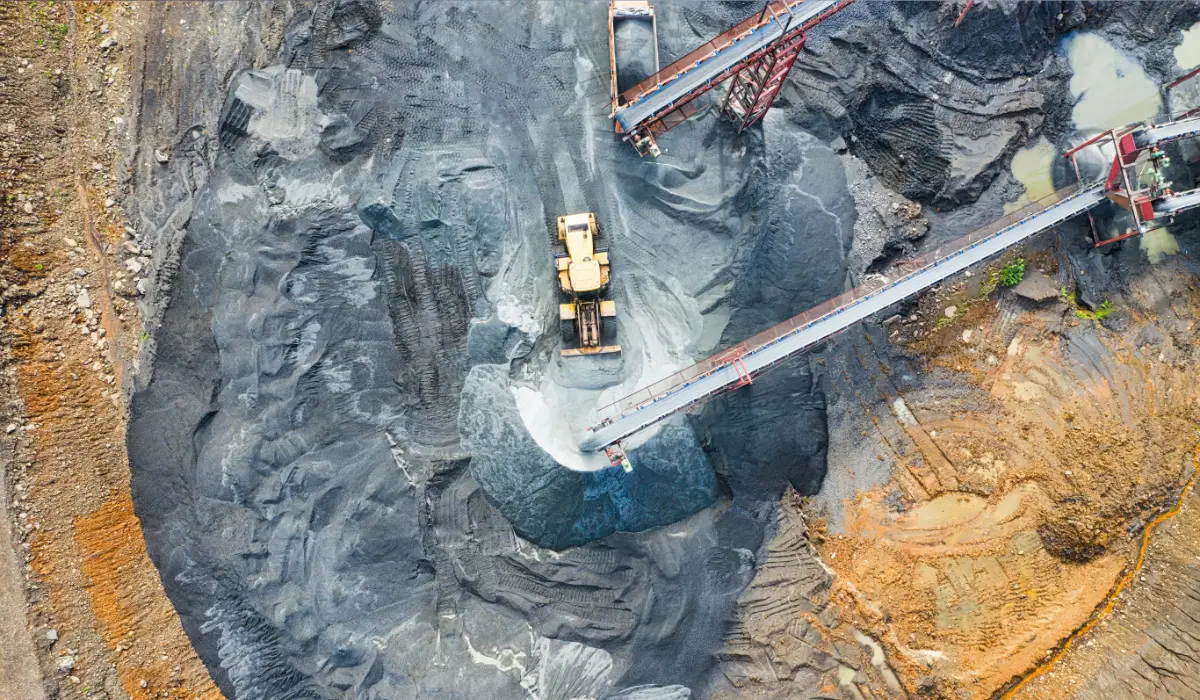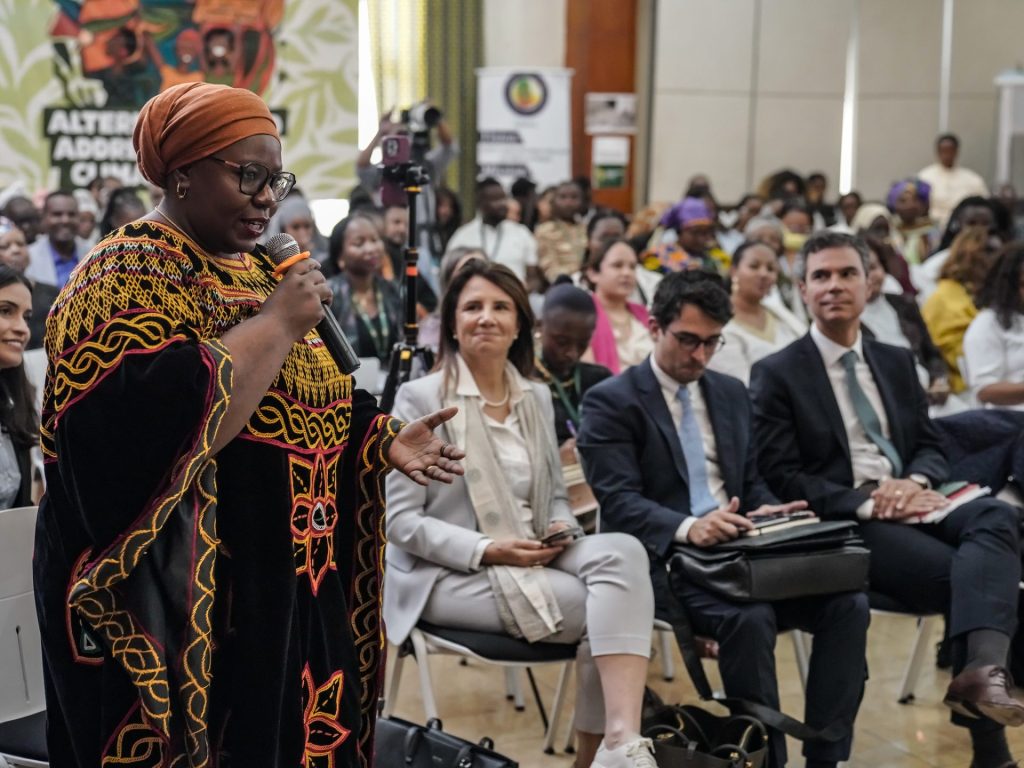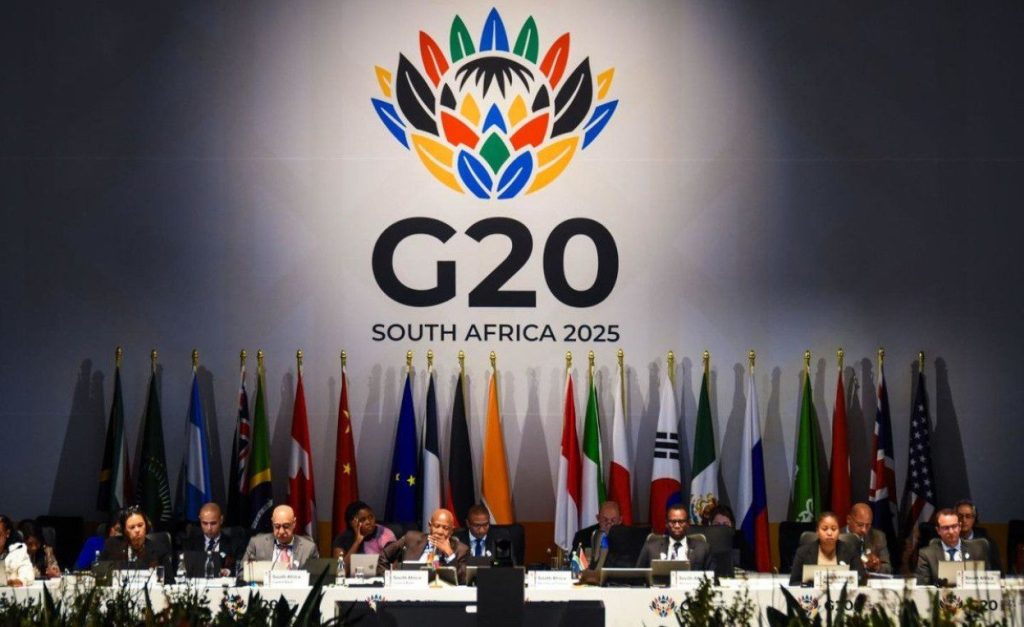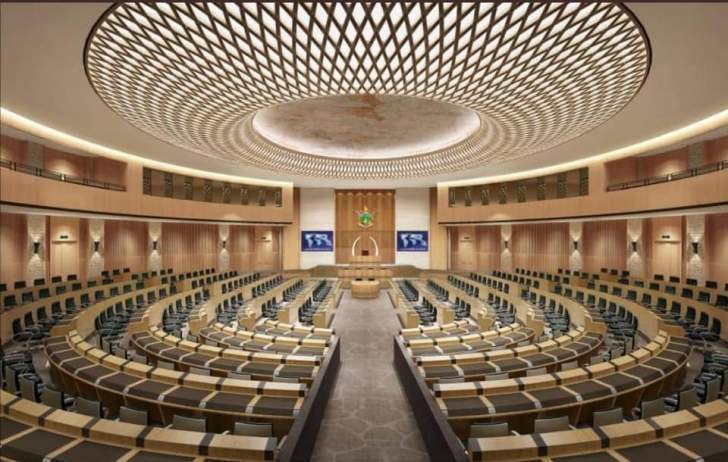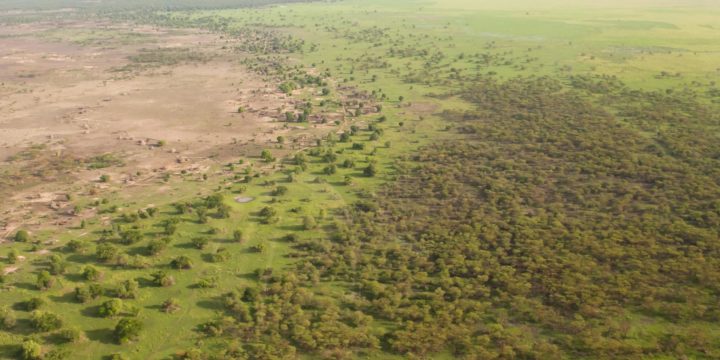In the race for strategic advantages in green technologies such as Electric Vehicle (EV) batteries, solar panels and wind turbines, trade wars and geopolitics have taken centre stage. The United States (US) and the European Union (EU) have stepped up retaliatory actions against China’s increased capacity for production and supply, in the form of import bans and subsidy schemes. These have been facilitated through the EU’s Green Deal Industrial Plan, the Net-Zero Industrial Act, the Critical Raw Materials Act, and the USA’s Inflation Reduction Act, each exhibiting protectionist tendencies towards trade. In the US, green subsidies for green energy developers under the Inflation Reduction Act are approximately $369 billion. In December 2023, China announced restrictions on rare earths processing technology exports. China has a monopoly over rare earth minerals, producing 60% of global supplies and hosting approximately 90% of the world’s processing capacity. It also banned exports of graphite.
These actions have increased supply chain challenges and have the potential to slow down net-zero targets. Trade tensions and conflicts have also intensified.
Several of the practices in the green trade war are being characterised as trade-restrictive and violations of rules central to the World Trade Organisation (WTO) multilateral free-trade system. In the realm of green minerals-driven industrialisation, African governments are awakening to the need for greater trade cooperation to facilitate the diffusion of clean technologies. At the same time, they are also looking to transition beneficiation and manufacturing activities closer to green mineral mining sites, to benefit their local economies. For example, more than a dozen African countries have restricted or banned exports of green minerals, including the Democratic Republic of Congo (DRC), Nigeria, Zimbabwe and Namibia, with some imposing local beneficiation requirements.
But blanket bans and restrictions aren’t enough. The continent needs mineral processing infrastructure, local capacity, and finance. In this context, the cooperation agreement between the DRC and Zambia – supported by the United Nations Economic Commission for Africa (UNECA) and African Export–Import Bank (Afreximbank) – to establish special economic zones for the production of precursors, batteries, and EVs is a milestone. SEZ incentives are expected to attract foreign direct investment and facilitate the manufacturing and export of value-added commodities, within which companies can enjoy tax benefits and relaxed regulations.
The DRC produces approximately 70% of the world’s cobalt, a key component in lithium-ion batteries used for batteries in electric cars, computers and cell phones. Zambia is Africa’s second-largest copper producer, a mineral critical to electrification and energy storage systems. It produces about 800,000 metric tons annually. Jointly, the potential for leveraging these resources to manufacture green technologies is unparalleled.
The international trade policy environment must enable African countries to benefit from these advantages. However, African countries face unfair policies in the green minerals value chain.
According to World Tariff Profiles 2024, which particularly analysed tariffs levied for cobalt, graphite, and lithium, developing economies face higher tariffs on processed items from critical minerals than raw materials. In this regard, the WTO has observed tariff escalation across EV value chains where tariffs imposed by developed economies tend to “rise across the supply chain, with the highest tariffs applied to processed and finished goods. This potentially hinders the ability of developing economies to move up the value chain.”
The sustainability of green minerals mining and supply chains must also be grounded in good governance, justice and equity. About 15 to 30% of Congolese cobalt is produced under grossly inhuman conditions by informal miners, also known as artisanal and small-scale miners (ASM). Child labour, occupational hazards, sexual and gender-based violence and environmental degradation are some of the dark parts underpinning the scramble for Africa’s green minerals. If the continent is to pursue green mineral mining and beneficiation meaningfully, it must guard against human rights abuses and promote sustainable practices in these sectors.
Finally, as the world propels inexorably towards cleaner energy, Africa’s strategic advantage in the production of green minerals heralds unparalleled opportunities for international trade cooperation and sustainable economic development. But better market access terms will need to be integrated into decisions within trade forums, the climate negotiations at COP29 and the UNFCCC’s Forum on Response Measures.
Developing countries are already seeking to discuss whether the EU’s Carbon Border Adjustment Mechanism (CBAM) and similar instruments worldwide are arbitrary or unjustifiable discrimination or a disguised restriction on international trade at the COP. As part of this engagement, a more open discussion on how the global trade environment facilitates African domestic green mineral beneficiation is needed. In these discussions and other trade platforms, Africa must leverage its strategic advantage to secure financial, technological, and capacity-building support from developed countries.
There are no simple answers, but trade and climate change policy coordination is essential. African countries must adopt a unified industrial strategy to add value to the abundant minerals through strong and globally competitive regional industries. If properly implemented, the African Continental Free Trade Area (AfCFTA), African Mining Vision (AMV), and the green mineral strategy that the AU is developing can be a starting point in promoting intra-African trade, resource-led industrialisation, and regional integration.
Advocate Davie Malungisa is a Senior Advisor at Southern Africa Resources Watch and a legal practitioner.

